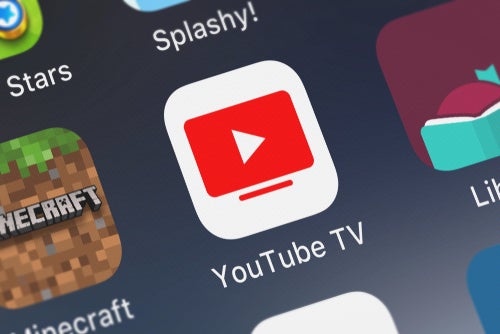Individuals in favor of a cause are often quick to like organizations that support their interests on Facebook, or to follow them on Twitter. But they’re not so quick to open their wallets. This makes new media a challenge for the fundraising community, which faces not only tight purse strings but aging donor bases.
“When social media really started to come into the philanthropic sector, people thought it would be a rainmaker,” notes Geoffrey Brown, executive director of the Chicago-based Giving Institute. “But they quickly found out it wasn’t that easy.”
Nonprofit marketing is a constant game of finding new donors, but in social media, you need to have an established bond with the person you’re talking with to make a connection, says Brown. Thus, it is more effective as an engagement tactic to strengthen the ties to current supporters.
Follow the Money
“Generally speaking, for nonprofits, innovation follows the money—to be successful, they have to raise money at a high rate of return, and there are few examples yet of significant revenue return for nonprofits in social,” says Scott Vanderley, vice president, digital strategy, at nonprofit agency Russ Reid.
For nonprofits, social does work as a way to engage their prospects and donors. But it makes for strange marketing bedfellows, because while social is seen almost solely as an engagement tool, every other channel is working 24/7 to create donors.
“What they’re doing socially is out of alignment with their other communications,” says Vanderley, noting that tried-and-true direct mail is still the fundraising winner for many charities. “What nonprofits need to realize is that social media is just that, a medium, not a strategy. Your objectives don’t need to change—you just need to figure out how to incorporate it into your overall mix.”
In some high-profile instances, however, this goes out the window and charities are able to raise funds quickly with the help of social and mobile. Recent examples include Super Storm Sandy and April’s Boston Marathon bombing, where the quickly established One Fund to raise relief for victims generated over $28 million in less than three weeks.
“Attention-grabbing national/international works well in that kind of context, as do national elections, where you end up with 18 months of headlines to drive traffic to social and mobile,” says Geoffrey W. Peters, CDR Fundraising Group. “It may be the wave of the future, but for the vast majority of charities that don’t have a disaster or political advocacy kind of program, social and mobile represent less than a 0.5% to 1% of their revenue.”
The size of a nonprofit impacts how much it can focus on new media. A small charity that has one person managing all of its marketing efforts needs to determine the most effective tactics for its donor population. Social isn’t always the best way to acquire new donors, so it probably won’t be where a small charity focuses its energy.
Ask a Friend
One avenue that is a little different is peer-to-peer fundraising, says Brown. Today, individuals running or walking for charity often tap into their own personal networks to encourage friends to sponsor them. “And once they bring their friends into the fold, there’s a good opportunity for the organization to capitalize on that.”
One area nonprofits should consider is paid advertising in social media. “Due to the fact that social networks like Facebook need to monetize, there’s more and more valuable paid space,” says Vanderley. “As they’re coming up with the right strategies, nonprofits should consider that paid social advertising can be a unique—and cheaper—opportunity.”
Brown notes that he expects social and mobile to be used heavily in fundraising by colleges and universities in the coming years, as those institutions try to connect with recent graduates and engage them as supports.
“Having someone attend your school is one thing. Getting them to become a donor is another—and there’s a lot of investment going into figuring out the best way to connect with millennials,” he says.
“Many charities would like to get younger donors, but that’s a tough thing to do,” says Peters. “You need disposable income, and that often doesn’t come to charities until after donors are age 60.”
There are some nonprofits that have made great use of social to connect with their audiences and build their brands. The Wounded Warrior Project started eight years ago, and this year will be a $200 million charity. Peters, who has worked with the Project since its launch, says this is due in significant part to its use of various channels like Facebook to reach out to wounded veterans and returnees who may be suffering from PTSD.
“Any communication that tells about the services you offer helps build the brand,” he notes.




